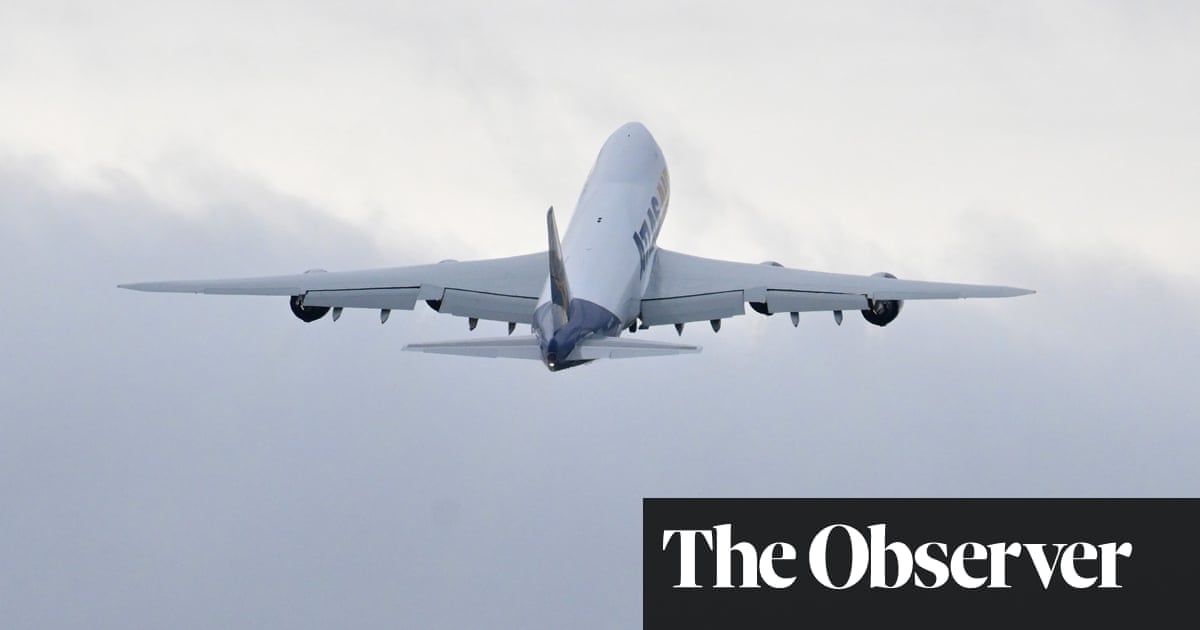
Here we are, then. It is not often you can say you witnessed the end of an era. But by definition, the second Elizabethan age is over. Catafalque gives way to carriage, medieval hall to medieval chapel, public service to private rest.
The manufactured controversy-froth (celebrity queue-jumping, holiday camps turfing guests out for the day, whether Harry could wear his uniform, whether Paddington iconography could be grafted on to the pageantry of centuries) has dispersed and reality has emerged. A reality minutely managed and meticulously planned for, but here nevertheless.
If it’s not your sort of thing, Channel 4 has programming about the royal gardens – and if it’s really not your sort of thing then over on Channel 5, The Emoji Movie awaits. The BBC, meanwhile, is filling the unforgiving minutes before the funeral proper begins with Huw Edwards interviewing talking heads. They range from the polished professional (Sebastian Coe, Gyles Brandreth) to the overwhelmed and genuinely moving (Dame Kelly Holmes) via the irreducibly egotistical (Andrew Lloyd Webber, who tells us his Requiem was performed in Westminster Abbey). Over on ITV, they lean more heavily on vox pops, Jennie Bond, footage of the horses waiting at Hyde Park barracks, and shots of the thousands of people – including a resplendent pearly king and queen – who line the route.
The abbey fills up with the great and good and Boris Johnson. The coffin is transferred to the state gun carriage and – oh England, my England – pulled by 142 naval ratings to the abbey.
Once the funeral procession proper begins there is, wisely, virtually no commentary from the BBC (a bit more from ITV) until after the service. The readings go very well until we hit Liz Truss, who looks and sounds as if she has recently been hit with a studded bat. The archbishop of Canterbury gives either a deeply platitudinous sermon about basic Christian principles or a good kicking to about half the congregation, depending how much you read into a line about those “clinging to service” and who will and won’t be remembered after they die.
The pomp, the circumstance, the pageantry: of course these are extreme, they are unique, they are to many absurd. But as you watch, the set-dressing falls away and the commonality remains. There are fewer hats at a commoner’s funeral, but the faces beneath them – pressed lips, supportive smiles – are the same. The moment of disbelief when the coffin arrives – not carried by the Grenadier Guards, but the quiet prayer that nobody fumbles is the same – holding the actual Queen’s body, evokes the disbelief we have all felt at funerals when the late loved one is brought in. Really? – you think. No more? No more. You get through the readings all right, whether they are by heads of the church or the local vicar, but the music – from a CD or a lone piper – undoes you.
The last post and reveille are played and the funeral procession sets off to Wellington Arch, and from there, St George’s Chapel at Windsor Castle. The committal service by the dean of Windsor will be the last televised part. The Queen will be buried beside her husband, parents and sister. The family will hold their own service at 7pm, after the cameras have gone.
You could – and apologies if this errs too close to the unforgivably maudlin – see the Queen’s death as a last act of service to the country. Because, along with many others around the world of course, we are a grieving nation. We have had two years of loved ones dying unnatural deaths. They have often died alone, and we have gone without many of the rituals and comforts we needed to help us mourn and heal. Including the Queen herself, who sat – as Covid protocol dictated – alone at Prince Philip’s funeral, and whose image became a study in contrast to many photographs of the government disobeying every lockdown law it was enforcing. Her funeral was an opportunity to relieve those stymied sorrows and shed some tears for everyone and everything we lost, en masse instead of in terrible isolation.
It was – as the odd but accurate phrase has it – a good funeral. Not least because it was in recognition of a genuine good. There was no painful searching for euphemism, no careful elisions to be negotiated. Everything in her life became her like the leaving of it. Whatever doubts you may entertain about the institution as a whole, it is hard to deny that Elizabeth II was the best of it. God help, in these fractious and fragmenting times, the King.












